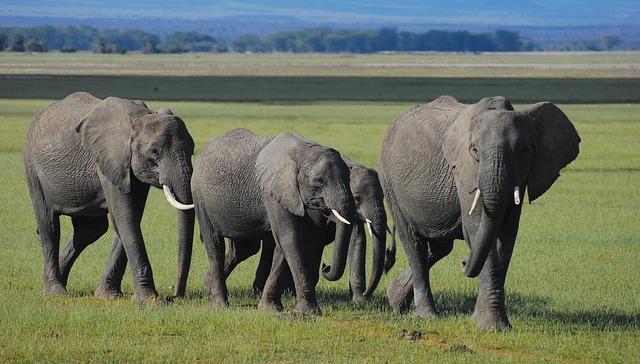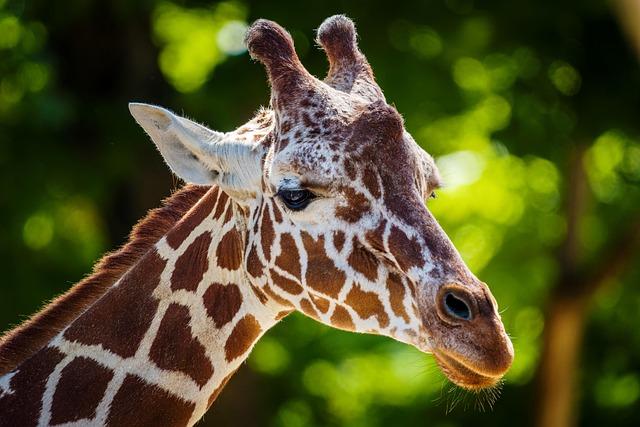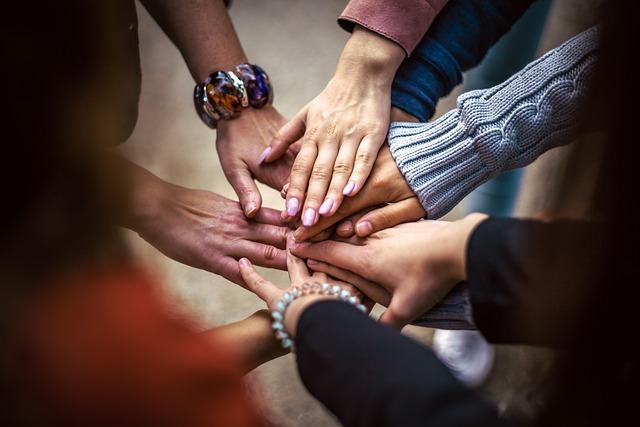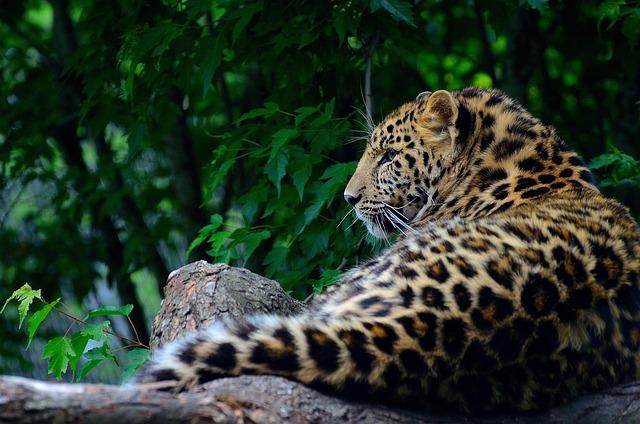- Introduction
- Community Efforts to Protect Both People and Wildlife
- What Led to the Award
- Collaboration with Conservation Organizations
- Impact on the Local Environment and Economy
- Conclusion
- FAQs
- References
Introduction
Human-wildlife conflict, especially involving large carnivores like leopards, poses a significant risk in many rural regions. In a notable achievement, a local community group has recently been recognized for their innovative and compassionate intervention strategies in curbing human-leopard conflicts. This article explores their journey from strife to stewardship.
We will look at how this community mobilized to secure both villagers and wildlife, what motivated the award recognition, the key partnerships that made it all possible, and the long-term benefits of such efforts on local ecology and livelihoods. By the end, you’ll understand how grassroots action can make a global impact.
Community Efforts to Protect Both People and Wildlife

(Image: Pixabay/@7523944)
The awarded group, based in a region known for frequent leopard sightings, initiated its operations after a series of alarming incidents between villagers and leopards. Instead of calling for extermination or relocation, they opted for a more empathetic and informed approach—educating locals and adopting deterrence methods rather than violence.
The group introduced initiatives such as installing secure cattle enclosures, equipping homes with motion-sensor lights, and setting up an early warning message system using mobile apps to alert residents of nearby leopard movements. Volunteers were trained to monitor animal behavior and assist in non-intrusive tracking.
What set this group apart was their ability to bridge traditional knowledge with scientific methods. Many elders in the community shared practices passed down through generations, which when combined with modern environmental technology, created effective prevention mechanisms. Their success emphasizes that conservation and co-existence can go hand in hand if led by the people most affected.
What Led to the Award

(Image: Pixabay/@jbooba)
The recognition came from a national wildlife federation that praised the group’s effectiveness in decreasing leopard attacks while preserving the regional ecosystem. Over two years, reported incidents dropped by over 60%, thanks largely to swift community response and preventative infrastructure improvement.
More than just reducing conflict, the group maintained meticulous records documenting not only incidents but also the ecological role leopards play. These findings were shared with academic institutions and conservation panels, providing crucial data for national strategies on wildlife management.
The award ceremony, held on World Wildlife Day, symbolized the broader importance of empowering local communities in the fight against biodiversity loss. The celebratory event also showcased stories from villagers who had shifted from fear to respect towards these elusive predators.
Collaboration with Conservation Organizations

(Image: Pixabay/@ua_Bob_Dmyt_ua)
While the effort was strongly community-driven, the backing of national and international conservation organizations proved vital. NGOs provided funding, equipment like camera traps, and offered training workshops focused on wildlife behavior, conflict de-escalation, and eco-friendly development.
The most fruitful partnerships emerged from a shared mission: to treat wildlife as part of the shared environment, not as a threat. Through coordinated efforts, the community was able to pilot initiatives that are now expected to be rolled out in other high-conflict regions.
One standout aspect was the involvement of youth and women in these partnerships. Local schools integrated conservation topics into curricula, while women led awareness campaigns and community dialogues. This inclusive framework not only ensured resilience but multiplied the effect of the outreach programs.
Impact on the Local Environment and Economy

(Image: Pixabay/@R_Francoeur)
Over time, the interventions have led to remarkable ecological renewal. With leopards re-integrated into their natural roles, populations of prey species stabilized, helping to rejuvenate vegetation and overall biodiversity. Such environmental balance has long-term implications for climate resilience.
Economically, the community pivoted towards eco-tourism. With assurance of safety, tourists and wildlife photographers began to visit, creating new revenue streams. Homestays and guided nature tours now supplement agricultural incomes, encouraging communities to view wildlife as an asset.
This transformation also decreased dependence on hunting or deforestation, aligning local needs with sustainable practices. The success model is now being used as a template by other communities aiming to strike a balance between agricultural needs and wildlife conservation.
Conclusion
The community that once viewed leopards as a threat now regards them as an integral part of their environmental identity. Their journey from reactive measures to proactive stewardship sends a powerful message: sustainable coexistence is possible when communities are empowered and respected as agents of change.
This award is not just recognition of one group’s achievements but a call to reimagine how rural communities and wild animals can thrive alongside each other. With continued support and replication, such models could reshape global perspectives on wildlife conflict management.
FAQs
What is human-leopard conflict?
Human-leopard conflict refers to interactions between people and leopards that lead to negative outcomes, such as attacks on livestock or humans, often resulting in fear or retaliation against the animals.
How did the community group reduce attacks?
They implemented secure livestock enclosures, used motion sensors, created alert systems, and educated villagers, all of which contributed to fewer violent encounters with leopards.
What kind of award did the group receive?
The group received a national conservation award recognizing their effective and ethical approach to mitigating wildlife conflict without harming the animals.
Can this model be used for other wildlife conflicts?
Yes, the principles of community engagement, use of technology, and ecological education can be adapted to various types of human-animal conflicts worldwide.

